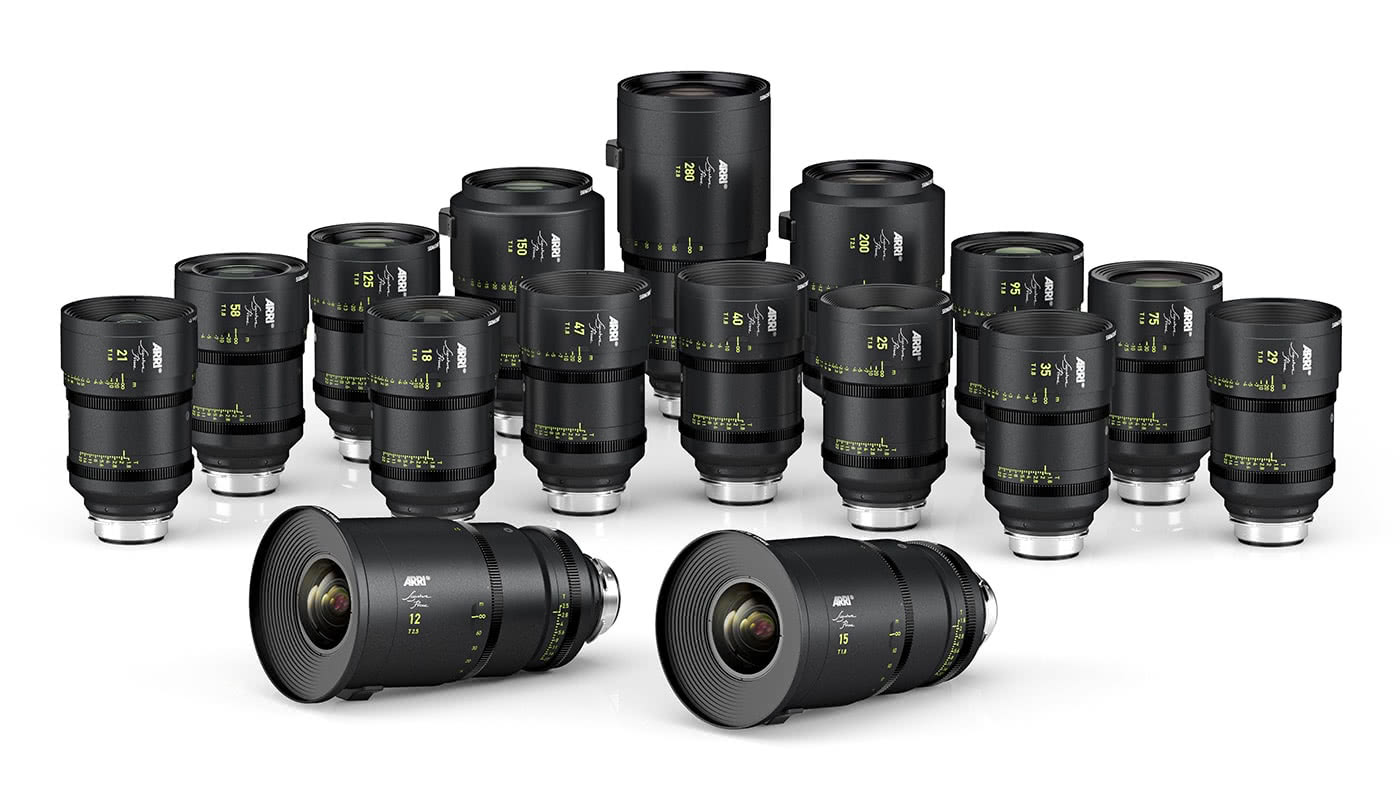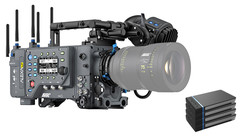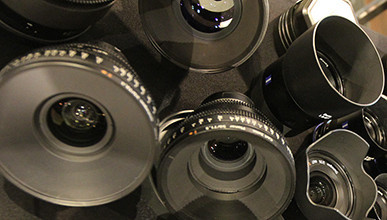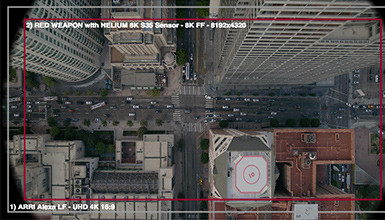The list starts off with some familiar cine focal lengths: 18mm, 21mm, and 25mm. Then there are a couple of "oddball" focal lengths like 47mm and 58mm. Huh? Where did those come from? Things start to make a little more sense when you consider the relative field of view these focal lengths give on the ALEXA LF sensor.
ARRI has clearly taken DPs' comfort levels with particular focal lengths' fields of view on "classic" Super35 cameras into consideration when developing the Signature Prime lens range. Let's talk about how these lenses can do "double duty" on both the familiar 3-perf Super35 16:9 "gate" as well as the brave, new world of full format (more on this designation below).

The upshot is ARRI has designed their Signature Prime lens set with an easy-to-remember rule of thumb as regards focal length (really, field of view) equivalency. Namely, for a given familiar S35 focal length, just choose the next longer (or wider, depending on which direction you’re going) focal length available if shooting the LF in its 16:9 UHD mode. If shooting the LF in Open Gate trim (aka "full whack"), choose the focal length two "notches" longer than your S35 happy place. This is because the larger the format, the wider a given lens' field of view will be on it.
For example, if you're looking for the same feeling you may be used to when mounting a 35mm lens on a Super35 camera (giving a 39.1° horizontal angle of view), you could choose the 47mm Signature Prime when shooting the LF in its 16:9 UHD sensor mode (yielding a very similar 37.2° horizontal angle of view). The closest field of view when shooting the LF in its Open Gate mode would be either the 40mm (42.7° HAoV) or the 47mm (35.1° HAoV).
You might need to take a couple steps forward or back at first, but the conversion ratio should become second-nature relatively quickly. If you have experience with still photography, you may feel even more at home on the larger format sensor as the fields of view of given focal lengths are nearly identical, especially in Open Gate mode.
A word about full format: we've decided to use the term full format when talking about sensors within a few millimeters of the classic 35mm stills format of 36mm x 24mm. Why not "full frame"? Our take on that is that it can mean different things to different people. Those from the motion picture film world may think of "full frame" as meaning 4-perf Super35 (24mm x 18mm), very close to the old Silent Aperture. To those from the still photography or DSLR video world, it might indeed mean the classic 36mm x 24mm format of 35mm roll film. Later, of course, this format was used for motion as well and was trademarked by Paramount as VistaVision (also referred to as 8-perf or "Lazy 8," since the film was lying down on its side). Given the announcement of the ALEXA LF, as well as similarly sized sensors from Sony and RED (VENICE and MONSTRO, respectively), the use of "full frame," without quotes, to describe both still and motion digital cameras with a roughly 36mm x 24mm sensor is probably here to stay – but we feel full format is the most descriptive.
Above all, it’s still important to remember that a lens' focal length doesn't change when mounted on cameras with one size sensor vs. another. Focal length is a physical property of lenses, determined by the distance between the focal plane, where the sensor is, and a given lens' optical center. A lens' field of view changes because a larger or smaller sensor will see more or less of the image being cast by the lens, but its focal length remains constant.















